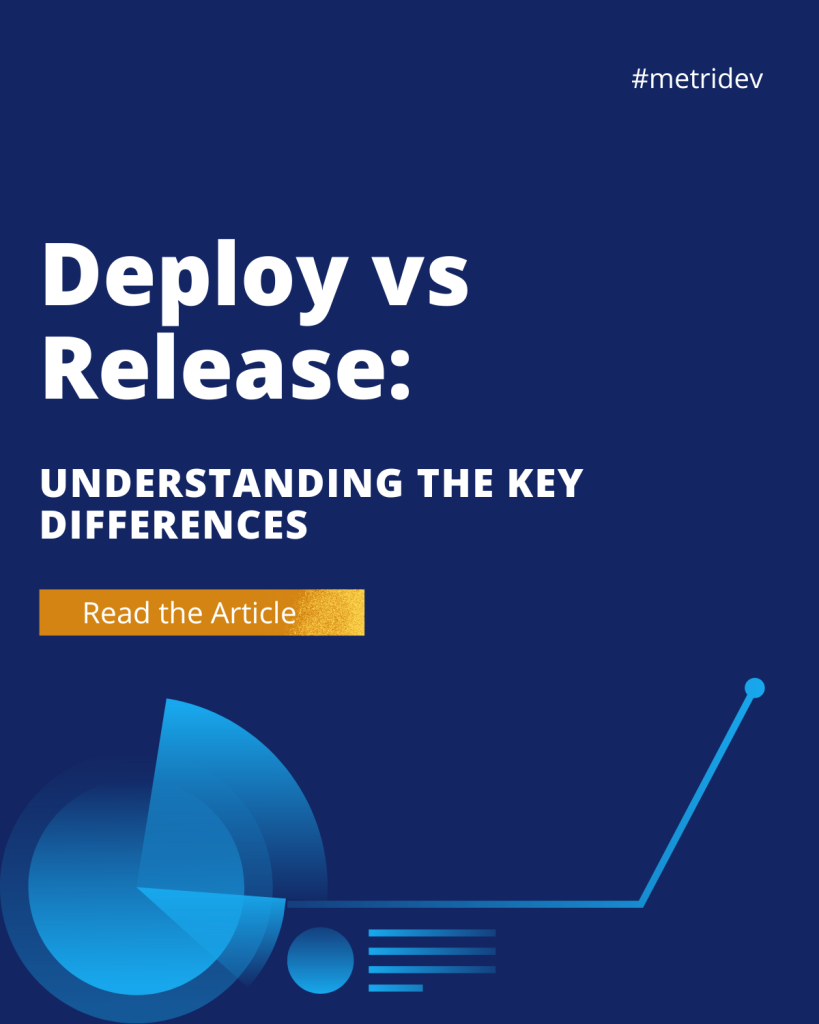Introduction
In today’s fast-paced and ever-evolving software industry, organizations are constantly seeking ways to optimize their development processes and deliver high-quality products more efficiently. One approach that has gained significant traction is Agile Scrum software development. This methodology has revolutionized the way software projects are managed, allowing teams to adapt to changing requirements, collaborate more effectively, and ultimately, enhance the overall productivity and success of their software initiatives.
What is Agile Scrum Software Development?
Agile Scrum is a popular framework within the broader Agile methodology, which emphasizes iterative and incremental development, collaborative decision-making, and a focus on delivering working software in short, time-boxed cycles. The Scrum framework is characterized by its structured approach, including defined roles, events, and artifacts, all designed to foster transparency, inspection, and adaptation throughout the software development process.
The Benefits of Agile Scrum for Software Development
Agile Scrum offers a range of benefits that make it an attractive choice for software development teams. Transitioning from this statement, some of the key advantages include increased flexibility and responsiveness. These allow teams to quickly adapt to changing requirements, market demands, and customer feedback. Moreover, the Scrum framework promotes enhanced collaboration and communication among cross-functional teams. These foster a shared understanding of project goals and enabling more effective problem-solving.
Additionally, Agile Scrum’s emphasis on short, iterative development cycles, regular feedback, and continuous improvement. It helps teams deliver working software more quickly and with higher quality, thus improving productivity and efficiency. Furthermore, the Scrum framework provides increased transparency and visibility into the development process. It allows stakeholders to track progress, identify potential roadblocks, and make informed decisions. Lastly, Agile Scrum’s iterative approach aids in better risk management by helping teams identify and address risks early on, reducing the likelihood of costly delays or project failures.
Agile Scrum vs. Traditional Software Development
Agile Scrum represents a significant departure from traditional, waterfall-based software development methodologies. While the waterfall approach emphasizes a linear, sequential process with clearly defined phases, Agile Scrum embraces a more flexible, iterative, and collaborative approach.
Some of the key differences between Agile Scrum and traditional software development include:
| Characteristic | Agile Scrum | Traditional Software Development |
|---|---|---|
| Project Planning | Iterative and adaptive | Comprehensive, upfront planning |
| Change Management | Embraces and responds to change | Resistant to change |
| Customer Involvement | Continuous collaboration and feedback | Limited customer involvement |
| Delivery Model | Incremental, working software in short cycles | Comprehensive, end-product delivery |
| Team Structure | Cross-functional, self-organizing teams | Siloed, specialized teams |
Is Agile and Scrum Only for Software Development?
While Agile Scrum originated in the software development industry, its principles and practices have been successfully applied to a wide range of other industries and project types. From marketing and product development to HR and finance, the Agile Scrum framework can be adapted to address the unique challenges and requirements of various business domains.
The core values and principles of Agile Scrum, such as adaptability, collaboration, and continuous improvement, can be beneficial in any environment where teams need to work together to deliver value to customers or stakeholders.

Key Principles of Agile Scrum
The Agile Scrum framework is built upon several key principles that guide the development process:
- Iterative and Incremental Development: Agile Scrum emphasizes the delivery of working software in short, time-boxed iterations. These allow teams to continuously incorporate feedback and make incremental improvements.
- Self-Organizing Teams: Scrum teams are empowered to make decisions, organize their work, and adapt to changing circumstances without top-down management.
- Continuous Improvement: Agile Scrum encourages a culture of continuous learning and adaptation. Thus teams regularly reflect on their processes and identify areas for improvement.
- Customer Collaboration: The Scrum framework prioritizes close collaboration with customers. This ensures that the developed software aligns with their evolving needs and expectations.
- Transparency and Visibility: Agile Scrum promotes transparency throughout the development process. It adds clear visibility into the team’s progress, challenges, and decision-making.
Introduction to the Scrum Framework
The Scrum framework consists of a set of roles, events, and artifacts that work together to facilitate the Agile software development process. Transitioning from this overview, at the core of Scrum are the following key elements. Firstly, Scrum roles encompass the Product Owner, Scrum Master, and Development Team, forming the Scrum team. Secondly, Scrum events, which are essential for planning and progress tracking. They include the Sprint, Sprint Planning, Daily Scrum, Sprint Review, and Sprint Retrospective. Finally, Scrum artifacts, comprising the Product Backlog, Sprint Backlog, and Increment. These are vital for documenting requirements, tracking progress, and delivering value. These elements collectively ensure the effective implementation of Scrum methodology in software development projects.
What is the Agile Scrum Software Process Model?
The Agile Scrum software process model follows a cyclical, iterative approach consisting of several key phases. Firstly, in the Product Backlog Refinement phase. Here the product owner and scrum team continuously refine and prioritize the product backlog, ensuring the most valuable features are addressed first. Transitioning from this phase, Sprint Planning involves the team planning the work for the upcoming Sprint. They select high-priority items from the product backlog, and committing to completing them within the Sprint.
During Sprint Execution, the development team works collaboratively to deliver the committed sprint backlog items. They conduct daily stand-up meetings to ensure progress and address any impediments. Following the Sprint, the team engages in a Sprint Review. They present the completed work to stakeholders, gathering feedback, and identifying areas for improvement. Lastly, in the Sprint Retrospective, the team reflects on the previous Sprint. They discuss successes, areas for improvement, and identifying action items to enhance processes in the next Sprint. This cyclical process repeats itself, with each Sprint building upon the previous one, allowing the team to continuously deliver value to the customer.
Roles and Responsibilities in Agile Scrum
The Agile Scrum framework defines three core roles. Firstly, the Product Owner is responsible for maximizing the value of the product, managing the Product Backlog, prioritizing items, and representing the voice of the customer. Secondly, the Scrum Master acts as a servant-leader. It helps the team understand and apply Scrum principles, removes impediments, and facilitates the Scrum events. Finally, the cross-functional Development Team is responsible for delivering the potentially shippable Increment of “Done” product at the end of each Sprint. Transitioning from the enumeration of roles, each role has specific responsibilities and interactions within the Scrum framework.
Agile Scrum Ceremonies and Artifacts
The Agile Scrum framework includes a set of structured events, known as “ceremonies,” and defined artifacts that support the development process:
Ceremonies:
- Sprint Planning
- Daily Scrum
- Sprint Review
- Sprint Retrospective
Artifacts:
- Product Backlog
- Sprint Backlog
- Increment
These ceremonies and artifacts provide a consistent framework for the Scrum team to plan, execute, and continuously improve their work.
Common Challenges in Agile Scrum Software Development
While Agile Scrum offers numerous benefits, it is not without its challenges. Transitioning from a traditional software development approach to Agile Scrum can be met with resistance from team members or stakeholders who are accustomed to the old ways of working. Moreover, successful Agile Scrum implementation requires a deep understanding of the framework and its principles. Inadequate training or support can lead to misinterpretation and suboptimal results. Additionally, defining and adhering to the distinct roles and responsibilities within the Scrum team can be a challenge, especially in organizations with existing hierarchical structures. Furthermore, accurately estimating the effort required to complete user stories or features can be challenging, particularly in the face of changing requirements or unexpected complexities. Lastly, effective collaboration and communication are essential for the success of Agile Scrum, but can be hindered by geographical distribution, cultural differences, or lack of trust within the team.
Tips for Successful Agile Scrum Implementation
To ensure a successful Agile Scrum implementation, consider the following tips:
- Provide Comprehensive Training: Invest in training and coaching for the entire Scrum team. Including the Product Owner, Scrum Master, and Development Team, to ensure a deep understanding of the framework and its principles.
- Establish Clear Roles and Responsibilities: Clearly define the roles and responsibilities of each team member. Also, ensure that everyone understands their respective duties and how they contribute to the overall success of the project.
- Foster a Culture of Continuous Improvement: Encourage the Scrum team to regularly reflect on their processes. Moreover, to identify areas for improvement, and implement changes to enhance their efficiency and effectiveness.
- Prioritize Effective Communication and Collaboration: Promote open communication, regular feedback, and cross-functional collaboration among team members. Both in-person and through the use of appropriate Agile Scrum tools and software.
- Align with Organizational Goals: Ensure that the Agile Scrum implementation is aligned with the overall strategic objectives of the organization, and that the team’s efforts are contributing to the achievement of those goals.
To learn more about how Agile Scrum can streamline your software development workflow, schedule a consultation with our Agile experts today. They can provide personalized guidance and help you implement Agile Scrum practices that align with your unique business needs.
Agile Scrum Tools and Software
To support the Agile Scrum process, there are a variety of tools and software solutions available. Some popular options include:
- Project Management Tools: Jira, Trello, Asana, and Microsoft Project
- Collaboration and Communication Tools: Slack, Microsoft Teams, Zoom, and Google Meet
- Scrum-specific Tools: Scrum.org, Scrum Alliance, and Atlassian Jira Align
- Reporting and Analytics Tools: Burndown Charts, Velocity Charts, and Cumulative Flow Diagrams
These tools can help Scrum teams streamline their workflow, improve transparency, and enhance collaboration throughout the software development process.
Conclusion
Agile Scrum software development has emerged as a powerful approach for organizations looking to streamline their workflow, enhance collaboration, and deliver high-quality software products more efficiently. By embracing the key principles and practices of Agile Scrum, teams can adapt to changing requirements, continuously improve their processes, and ultimately, create more value for their customers.
As you embark on your Agile Scrum journey, it is crucial to remember to focus on providing comprehensive training, fostering a culture of continuous improvement, and leveraging the right tools and software to support your team’s success. Furthermore, with the right mindset and implementation strategies, Agile Scrum can help transform your software development efforts and propel your organization towards greater agility and success.
Thank you for reading. You can also read our article Agile Software Development Principles: A Guide to Success to gain more valuable insights.









Leave a Reply